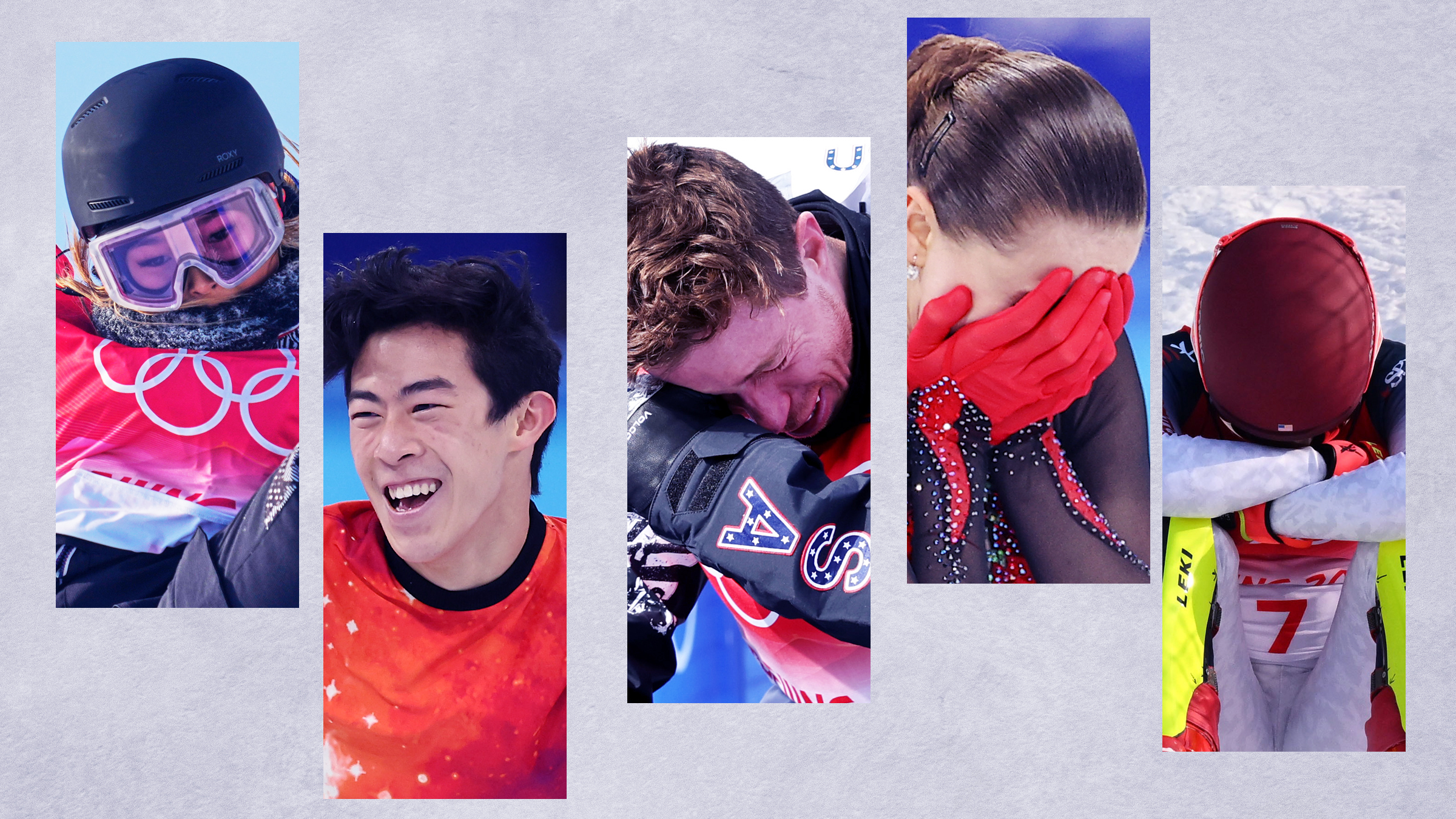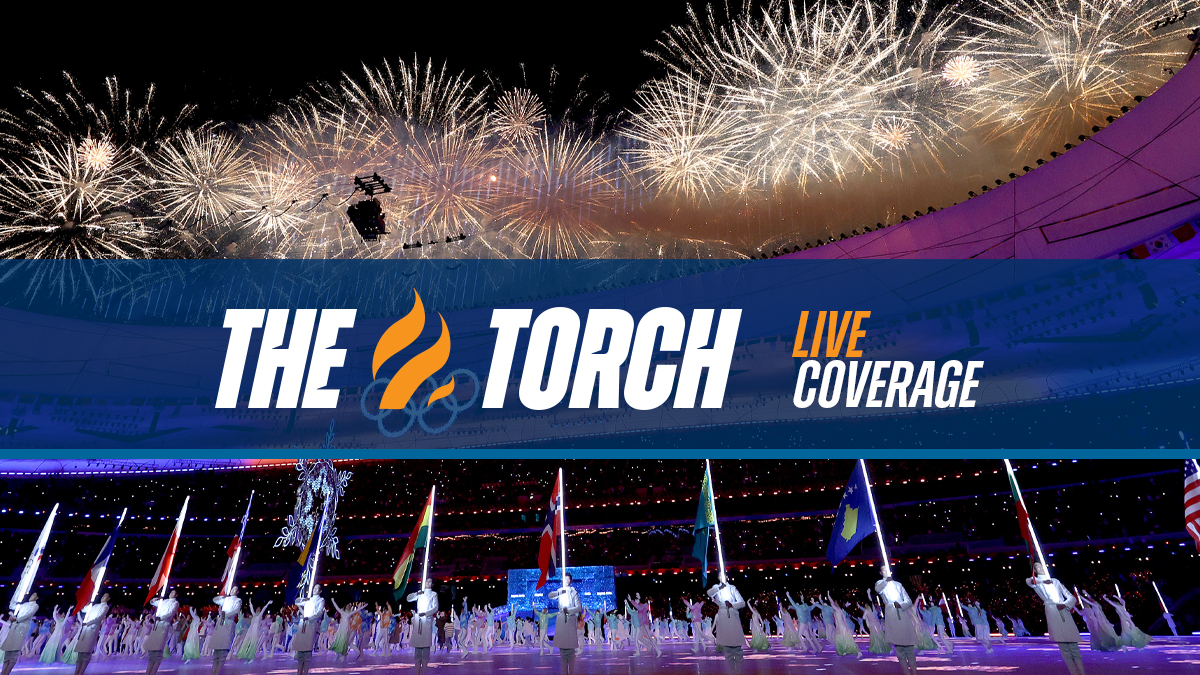Since the “Kiss and Cry” area became an official part of the International Skating Union Regulations nearly 40 years ago, figure skating garnered increased attention worldwide.
This is a spot where viewers get the chance to see figure skaters anxiously awaiting their scores after a performance, displaying humanized and vulnerable images of these athletes. The added personalization to the sport gives the audience a chance to see that figure skaters are just human beings at the end of the day.
In 2010, NBC producer David Michaels told the New York Times that covering the “Kiss and Cry” area was essential for their coverage.
“It’s such a big part of our coverage now. It’s gone from a blue curtain and a bucket of flowers on the side to plastic ice sculptures and crazy sets. It’s become a big design element that everyone works hard to figure out,” he said.
Get Tri-state area news and weather forecasts to your inbox. Sign up for NBC New York newsletters.
If you were watching figure skating action at the Beijing Winter Olympics on Thursday night, you might’ve even noticed skaters and coaches wearing badges that read “Kiss and Cry.”
So what exactly does “Kiss and Cry” mean and where did the term come from? We dive deeper here:
What does “Kiss and Cry” area mean?
Beijing 2022 Winter Olympics
Watch all the action from the Beijing Olympics live on NBC
While the term “Kiss and Cry” may seem like it has some intricate meaning behind it, the real definition may leave you underwhelmed.
The “Kiss and Cry” area is simply a part of the figure skating rink where skaters await their scores to be announced after they perform.
This designated area is typically found in the corner or end of the rink with a seating area and a monitor where the results are displayed. The area of the arena is beautifully decorated with flowers as well.
Skaters are typically seen in the area nervously awaiting their scores, holding their hands tightly and staring at the monitors.
The badges worn during the Games that say “KISS & CRY” are simply for security purposes.
Why is the area called “Kiss and Cry?”
An Olympian experiences many emotions after a figure skating performance as they wait for judges to determine a score.
The area of the rink is called “Kiss and Cry” because typically skaters and coaches are seen kissing and celebrating after a record-breaking performance or crying after a disappointing one.
What is the origin of the “Kiss and Cry” area?
The “Kiss and Cry” area was first founded by Finnish figure skating official, Jane Erkko, who was a part of the organizing committee for the 1983 World Figure Skating Championship in Helsinki.
Before the competition started, television technicians were learning about the arena and wanted to know the name of a particular area. Erkko reportedly said it was “the kiss and cry corner.”
“Kiss and Cry” became a heavily used term in the early 1990s and is now an official part of the International Skating Union Regulations.
What has the impact of “Kiss and Cry” been like?
Since the term “Kiss and Cry” came to be, figure skating has become more popular and widely watched during Olympic competition.
Furthermore, federations train their figure skaters how to behave after a performance as they enter the “Kiss and Cry” area.
“The sport’s culture dictates that athletes should smile through pain and errors,” The Guardian reported in 2020. “Burying true feelings just goes with the territory.”
The “Kiss and Cry” areas are found in gymnastics now too.




